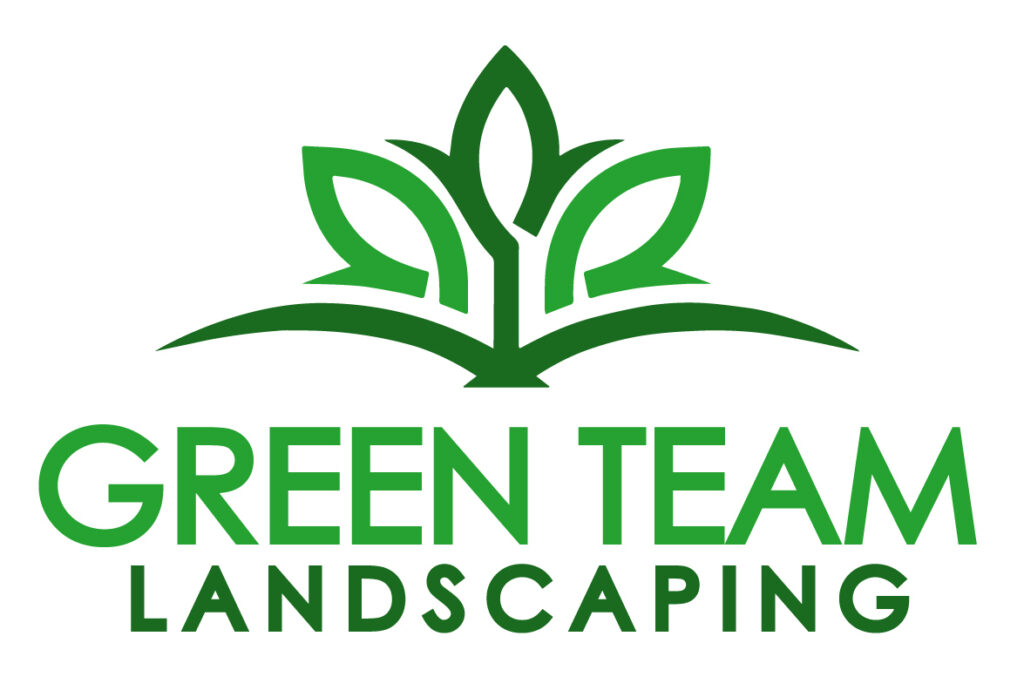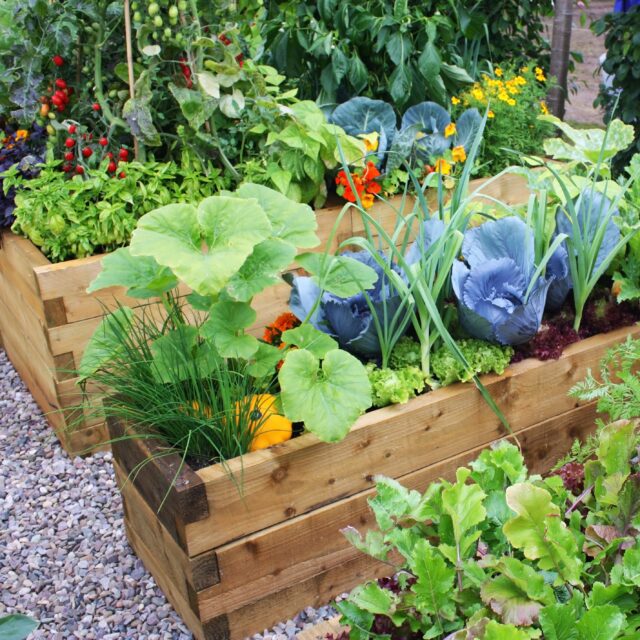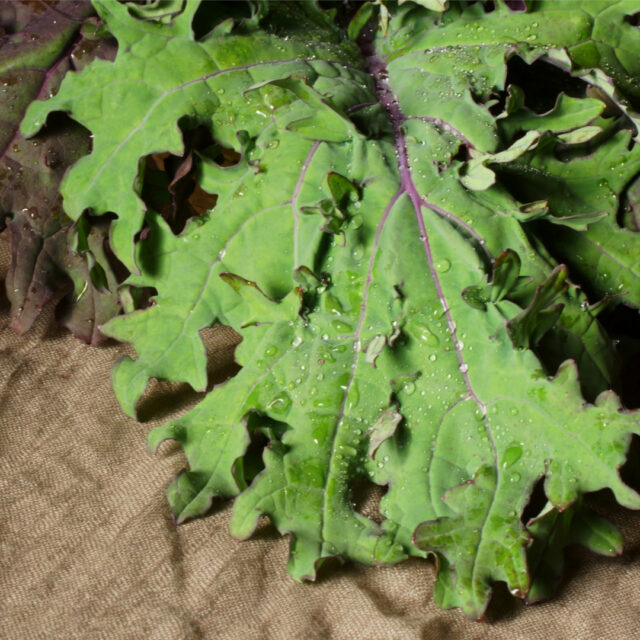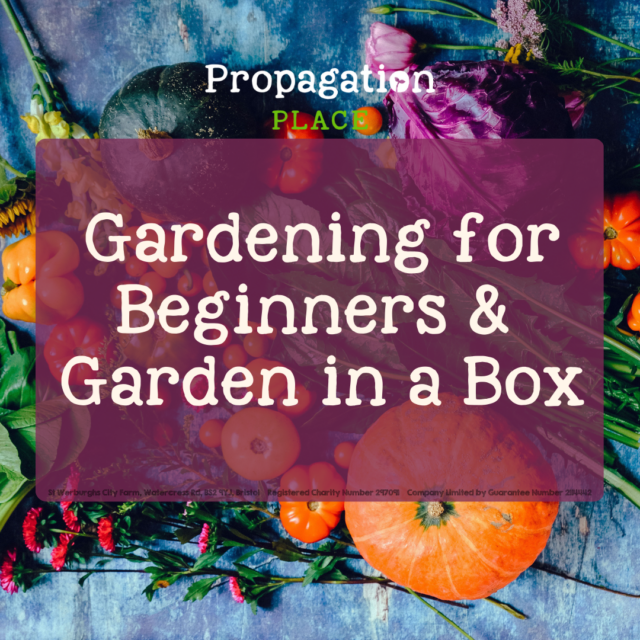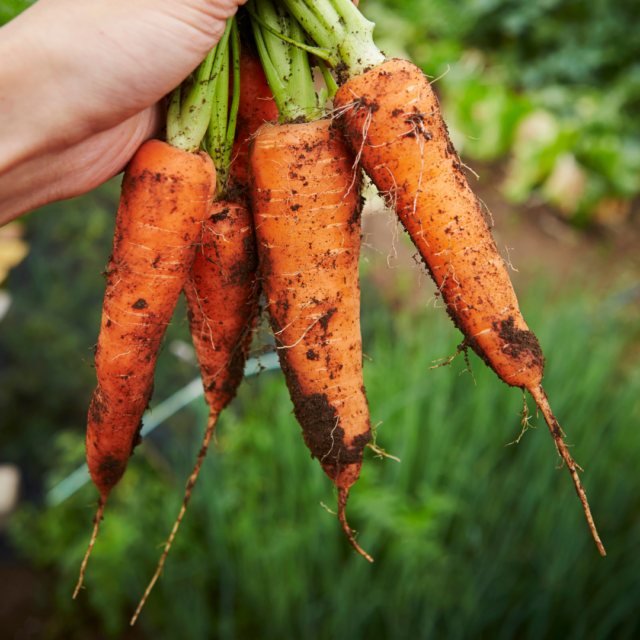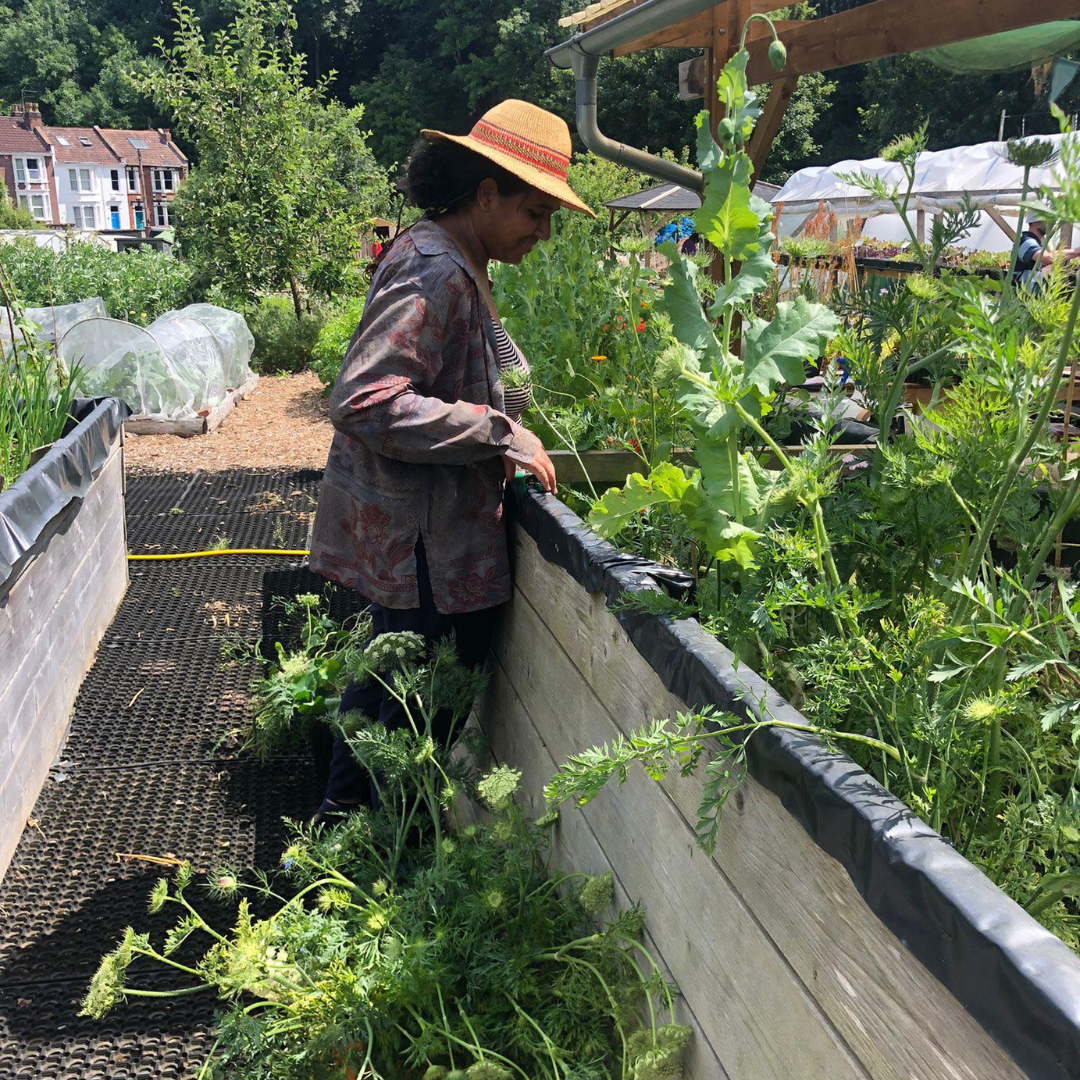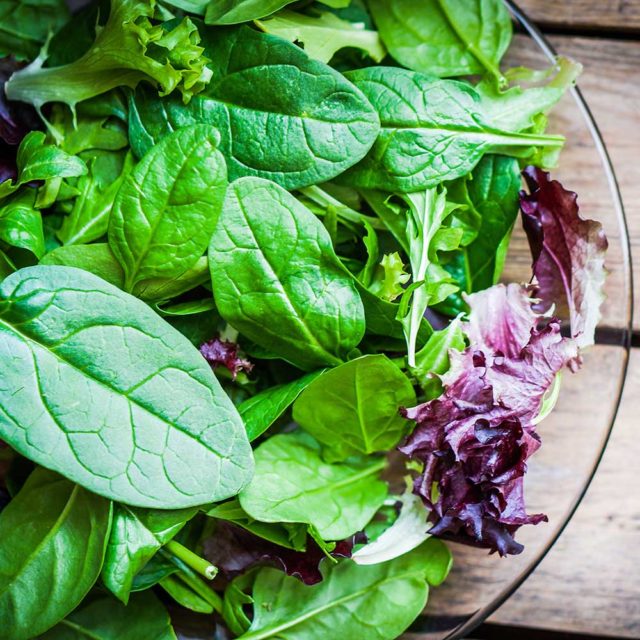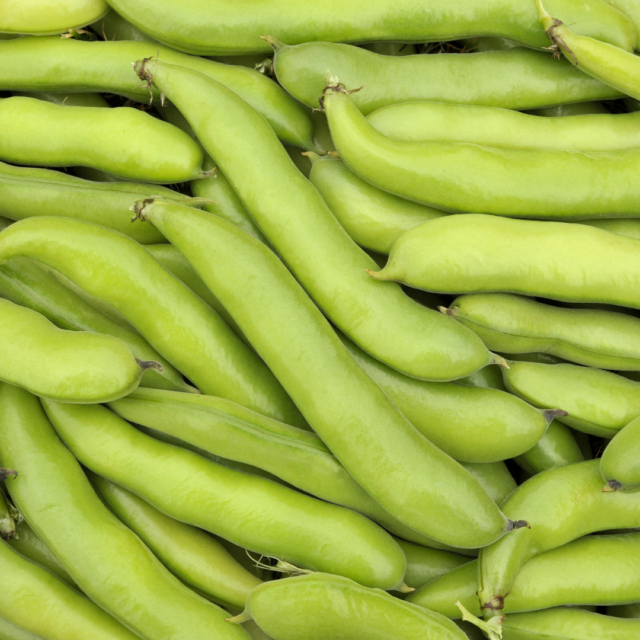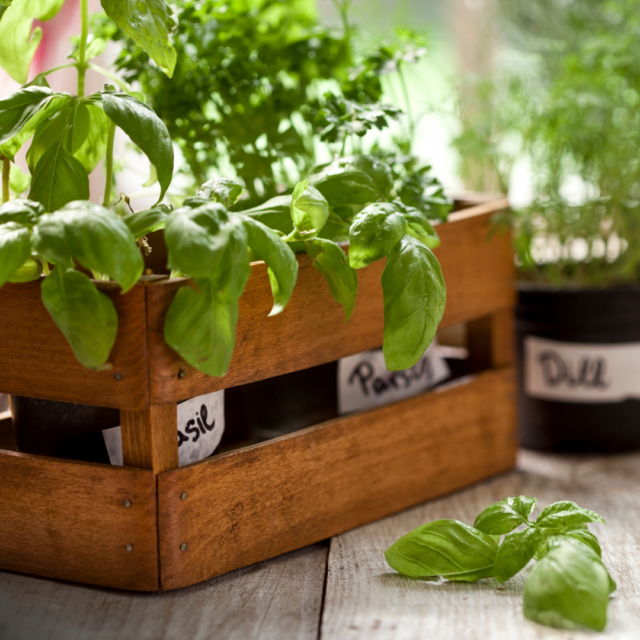Edible landscape gardening isn’t just a trendy buzzword; it’s an evolution in how we perceive and use our outdoor spaces. At its core, edible landscape gardening marries the worlds of ornamental gardening and vegetable farming, allowing homeowners to grow food in an aesthetically pleasing manner. Imagine plucking fresh tomatoes amidst flowering roses or collecting blueberries under the shade of ornamental trees. That’s the beauty of edible landscape gardening.
Why incorporate edible plants into your garden?
Integrating edible plants into a garden enhances its functionality and beauty. This fusion offers sensory delights of blooms with the joy of fresh harvest, leading to numerous advantages:
● Sustainability: Growing your own food contributes significantly to a reduced carbon footprint. When you harvest produce from your garden, you eliminate the need for long-distance transportation and excessive packaging, often associated with store-bought items.
● Economic Advantages: Cultivating an edible garden can translate to significant savings over time. Instead of paying premium prices for organic produce at the grocery store, you can harvest fresh, chemical-free vegetables and fruits right from your backyard.
● Health: Consuming produce from an edible garden ensures that you’re getting the freshest possible ingredients, devoid of harmful pesticides and preservatives. This not only enhances the flavour but also boosts the nutritional value of every meal.
● Aesthetic Appeal: Edible plants can be just as beautiful as ornamental ones. Picture flowering chives swaying alongside roses or blueberry bushes, offering a colourful autumnal display. These plants blend functionality with beauty seamlessly, adding a unique charm to any garden landscape.
Steps to design an edible landscape
Site Evaluation: Before embarking on your edible landscape journey, a thorough evaluation of your garden’s characteristics is essential. This involves:
● Sun Exposure: Monitor your garden throughout the day to determine which areas receive full sun, partial shade, or full shade. Edible plants have varied sunlight requirements, so this knowledge is key.
● Soil Quality: Conduct a soil test to ascertain its pH and nutrient levels. This will guide you on whether to amend the soil or select plants suited to the existing soil type.
● Drainage: Observe how water behaves in your garden after a heavy rainfall. Proper drainage ensures that plant roots don’t get waterlogged, which could lead to root rot.
Group Plants: The art of companion planting is an invaluable tool in edible landscaping. Here’s why it matters:
● Attracting Pollinators: Some plants, like marigolds or borage, can attract bees and butterflies, which help in the pollination of your vegetable and fruit plants.
● Pest Control: Certain plants naturally repel pests. For example, basil can deter whiteflies and mosquitoes.
● Soil Enhancement: Legumes, like beans and peas, can fix nitrogen in the soil, benefiting surrounding plants.
Choose Plants: Adapting to your local environment is crucial for a thriving garden. Here’s how to select based on your region’s climate:
● Research Native Plants: Indigenous plants often fare better as they’re naturally suited to the local climate.
● Consult Local Experts: Visit local nurseries or attend gardening workshops to gain insights into what thrives in your area.
● Microclimates: Your garden might have areas that are warmer or cooler than others. Recognise these microclimates and plant accordingly.
Aesthetic Placement: Designing an edible landscape isn’t just about function; it’s also an art. To ensure your garden is as pleasing to the eyes as it is to the palate, consider the following design principles:
● Layering: Create depth by placing taller plants, like fruit trees or corn, in the back, medium-height plants in the middle, and groundcovers or low-growing vegetables in the front.
● Colour Coordination: Integrate a mix of flowering edibles and foliage to ensure a burst of colour throughout the seasons.
● Texture Variation: Combine plants with different leaf shapes and sizes to add visual interest and prevent monotony.
Practical tips from professionals
Rosalind Creasy, a pioneer in edible landscaping, has a wealth of knowledge on this topic. Drawing from her insights:
● Emphasis on Edible Ornamentals: Seek plants that offer both aesthetic appeal and food value. Flowering chives, blueberry bushes, and various herbs can beautify a garden while providing tasty harvests.
● Focus on Healthy Soil: A healthy garden begins from the ground up. Vibrant soil produces vibrant plants. Integrate compost and organic materials regularly to maintain a rich soil bed.
● Attract Beneficial Insects: Plants such as marigolds, lavender, and other flowering varieties can serve dual purposes. They not only add beauty but also attract pollinators and natural predators of garden pests.
● Put Edibles in the Front Garden: Turn convention on its head by integrating edibles into the front garden. This approach maximises available space and transforms a solely ornamental area into one of function.
Edible plants that double as ornamentals
In the world of gardening, there are hidden gems that offer the best of both worlds: beauty and bounty. These plants charm with their visual appeal while also rewarding gardeners with fresh, homegrown produce.
● Flowering Chives: A delightful burst of purple, the blooms of chives are not just pretty to look at. They add a mild onion flavour to dishes, and the green stalks, commonly used in cooking, give a gentle garlicky kick.
● Blueberry Bushes: Blueberries provide delicious fruit, and the bushes themselves have strikingly red foliage in autumn, making them a visual treat year-round.
● Kale: Varieties like the ‘Dinosaur’ or ‘Lacinato’ have textured, dark green leaves that add depth to gardens. In the cooler months, some varieties turn shades of purple and rose, and their leaves are not only nutritious but also delicious.
● Scarlet Runner Beans: These beans offer both beauty and bounty. The plant produces vibrant red flowers, attracting pollinators to your garden. Following the blooms, the plant yields edible beans that can be harvested and enjoyed.
Whether you’re trying to maintain a certain aesthetic in your landscape or simply want to make the most of your space, incorporating these dual-purpose plants is a smart and efficient approach.
By integrating edible plants into your landscape, you’re also taking a step towards sustainability. Growing your own food reduces reliance on long supply chains, cuts down carbon footprints, and promotes a localised food system.
Ready to transform your garden? Begin your edible landscape journey today!
Edible landscape gardening is a revolutionary way to see our gardens. By combining the ornamental beauty of traditional gardens with the functionality of a kitchen garden, homeowners can have the best of both worlds. With careful planning and design, anyone can turn their garden into a grocery store.
About the author:
With 15 years of experience, the team at Green Team Landscaping are specialists in garden design and landscaping. They design exquisite dream gardens across North London and have a keen eye for environmentally-friendly construction. From installing decking and water features to garden paths and lawn turfing, they deliver an impeccable garden finish.
